In the vacant building across from where Hughes stood when the green van first discharged the shooters, something stirred. Behind the partially bricked-up façade, a team of British soldiers had spent the night. The paramilitaries were not the only ones to repurpose local real estate in service of their tactical objectives. The abandoned house, in the heart of D Company’s territory, was being used as a clandestine observation post.
In the secret internal records of the British Army, a brief account of this botched mission survives. A write-up by the army, which has since been declassified and released, acknowledged that soldiers in civilian dress had engaged in what was described, for the purposes of the official record, not as an effort at targeted assassination, but as a ‘snatch attempt’. From their hidden observation post, the soldiers had been conducting surveillance on Brendan Hughes and his associates from right inside their own territory. They had failed to kill or capture him this time. But now they knew what he looked like.
7
Frank Kitson, like Dolours Price and Gerry Adams, was born into a family tradition. His father was an admiral in the Royal Navy. His brother was in the navy as well. His grandfather had served in the Indian Army. Kitson joined the British Army’s Rifle Brigade and ended up marrying a colonel’s daughter. But by the time he became a soldier, at eighteen, it felt as though he might have got started too late: it was 1945, and Kitson was sent to Germany, where the fighting had ended and the only thing left to do was watch the postscript to the war. There didn’t seem to be much prospect of another world war, so Kitson spent his time living the life of a gentleman officer – going to the opera, racing horses, fishing – and trying to suppress the nagging suspicion that he might have missed his moment.
In 1953, he was assigned to Kenya, which was then still a British colony, to help put down an uprising by an elusive rebel group known as the Mau Mau. As he packed his bags for this assignment, Kitson’s greatest fear was that by the time he actually arrived in Kenya, the ‘colonial emergency’, as it was called, might have ended, and he would be forced to come home again without ever having seen any action.
He needn’t have worried. When Kitson arrived in Kenya, he took immediately to what he called ‘the game’. He was a methodical type, so he wrote down his ambition on a little piece of paper: ‘To provide the Security Forces with the information they [need] to destroy the Mau Mau.’ He tucked the paper into the Bible that he kept by his bed.
Kitson was short and stocky, with piercing eyes and a jutting chin. He carried himself ramrod straight, as if on a parade ground, and swung his shoulders as he walked, which gave the impression that he was a larger man than he was. Beneath his peaked and tasselled army cap, he was gradually losing his hair, and as the years went on he was seldom photographed without the cap. He had a slightly nasal voice and was prone to a sportsman’s vernacular, describing people as ‘off net’ and seasoning his conversation with other clubby expressions. He was known to dislike small talk. One story about Kitson that circulated in the army (and was almost certainly apocryphal, but revealing nonetheless) involved a dinner party at which the wife of one of Kitson’s colleagues found herself seated next to him and announced that she had made a bet with a friend that she could get ‘at least half a dozen words’ out of him.
‘You’ve just lost,’ Kitson said, and did not speak another word to her all evening.
In Kenya, he found himself in a completely new environment: the forest. Before leaving on a night mission, he would apply black camouflage to his hands and face and, to complete the disguise, pull an old African bush hat over his head. By ‘blacking up’ in this manner, he supposed he might be mistaken, at a distance and in poor light, for a native. Like a character out of Kipling, Kitson would plunge into the bramble, in search of the mysterious Mau Mau. As he navigated the dense bush, he was struck by how quickly you could adapt to the most alien milieu. In a memoir of his time in Kenya, he wrote, ‘Everything is strange for the first few moments, then after a time normal existence seems strange.’
One day, Kitson came across a group of Kenyans draped from head to toe in white robes. Their faces were completely obscured, with thin slits cut in the fabric for their eyes, noses and mouths. When Kitson enquired about who these strange men were, he learned that they were Mau Mau who had been induced to betray their fellow rebels and work with the British Army. With their identities shielded by the robes, they could observe a group of prisoners, then tell their British handlers who was who.
This was an epiphany for Kitson, a defining episode, as it introduced him to the ‘counter-gang’, a concept that he immediately perceived could be fashioned into a highly effective weapon. In fighting an insurgency, Kitson realised, quality intelligence is essential, and one way to obtain that intelligence is to inveigle some members of the insurgency to switch sides. He began to devote a great deal of thought to how one could best go about persuading a rebel to betray his compatriots. Clearly, trust was a key ingredient, because any potential source, by agreeing to assist his enemy, would effectively be placing his life in the enemy’s hands. But trust is a bond that can be cultivated. When Kitson was courting a new recruit to work as his agent, he would take the man on patrol with him. When they were deep in the bush, Kitson would hand his own pistol to the man, keeping only a machete for himself. This was a risky gesture, but Kitson believed that entrusting his secret agent with a weapon was a way of conveying ‘that he was absolutely one of the team’.
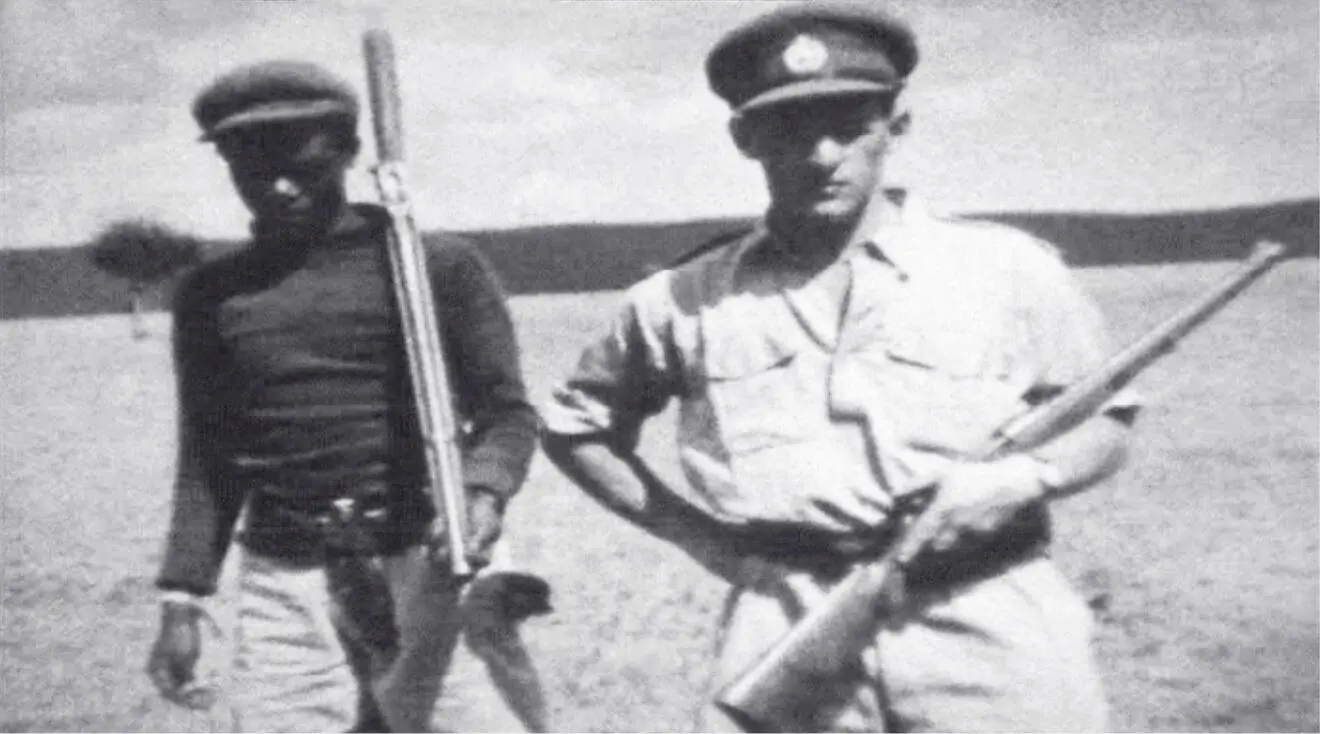
Frank Kitson in Kenya (Still from ‘Kitson’s Class’ in documentary series War School , BBC One London, 9 January 1980)
The British eventually suppressed the rebellion, but at a staggering human cost. Nobody knows precisely how many Kenyans were slaughtered, but the number may reach the hundreds of thousands. Some 1.5 million people were detained, many in internment camps. Mau Mau suspects were subjected, during interrogations, to electric shocks, cigarette burns and appalling forms of sexual torture. This brutal campaign did not forestall the British withdrawal from Kenya, in 1963. Yet, back in London, the operation against the Mau Mau was celebrated as a great success. Kitson had been awarded the Military Cross, for valour, in 1955, for his ‘gallant and distinguished services in Kenya’. ‘I wondered if perhaps some of my good fortune might have been due to the fact that I did think just a little bit more like a terrorist than some of our commanders,’ he mused afterwards. ‘I wondered how much of the African mentality I had absorbed. Was I becoming callous and ruthless and treacherous – to mention some of their less attractive characteristics?’
Kitson had found his calling. There might be no more world wars to fight, but there were plenty of colonial insurgencies. In 1957, he ventured to Malaya, where he battled communist guerrillas in the jungles of Johore and was awarded a Bar to his Military Cross. From there he was dispatched to the Sultanate of Muscat and Oman, to contend with a rebellion in the desert. Next he did two stints in Cyprus, where Greek and Turkish Cypriots had gone to war, and was given command of his own battalion.
In 1969, Kitson spent a quiet year away from the battlefield, on a fellowship at Oxford University. Amid the Gothic architecture and manicured quadrangles, he embarked on a new project: an effort to systematise his thinking about counter-insurgency. He studied Mao and Che Guevara and drew on his own combat experience, to produce a manuscript with the anodyne title Low Intensity Operations . In this book, Kitson advanced an argument that would become a cornerstone of later counter-insurgency thinking: it is important not merely to put down an uprising but to win the hearts and minds of the local population. The book also focused heavily on the gathering of intelligence. It made a point so obvious that it almost went without saying: if you want to defeat an insurgency, it helps to know who the insurgents are. By the time Kitson finished the book, in 1970, he had emerged as perhaps the pre-eminent warrior-intellectual of the British Army. When he finished at Oxford, he was promoted to brigadier and sent to the site of Britain’s latest small war: Northern Ireland.
Читать дальше
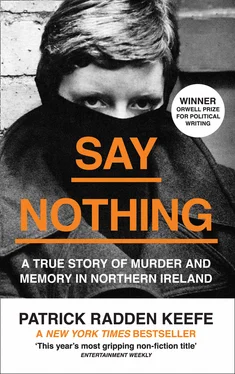

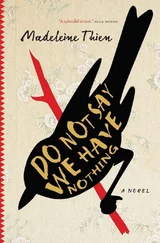
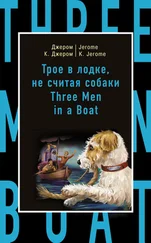

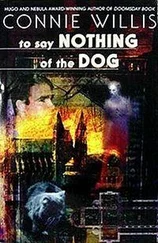
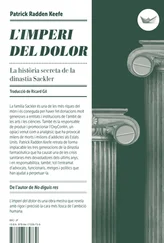
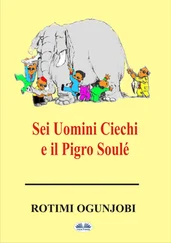

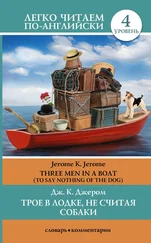



![Helen Rowland - The Widow [To Say Nothing of the Man]](/books/752764/helen-rowland-the-widow-to-say-nothing-of-the-man-thumb.webp)